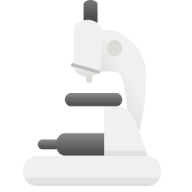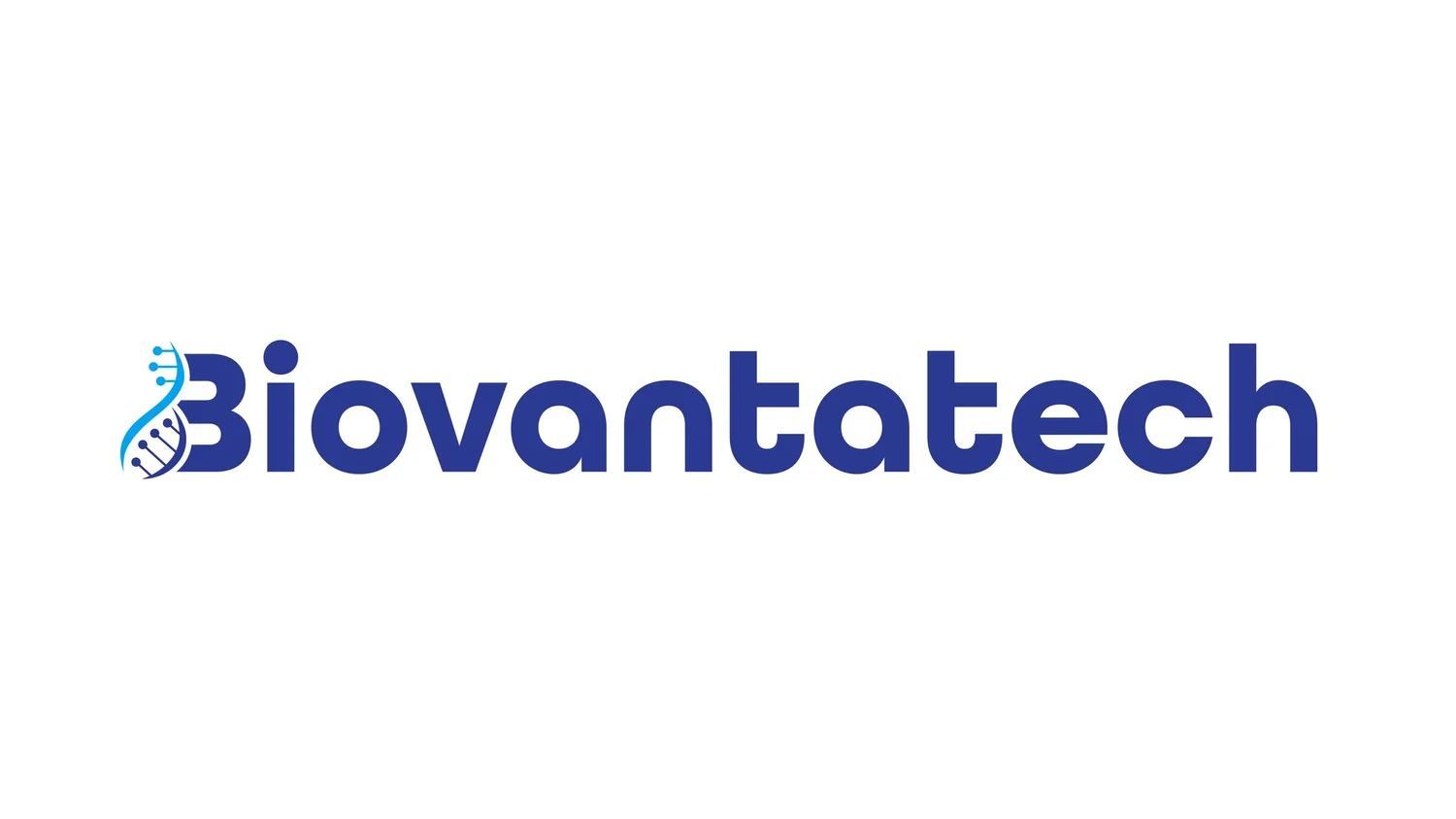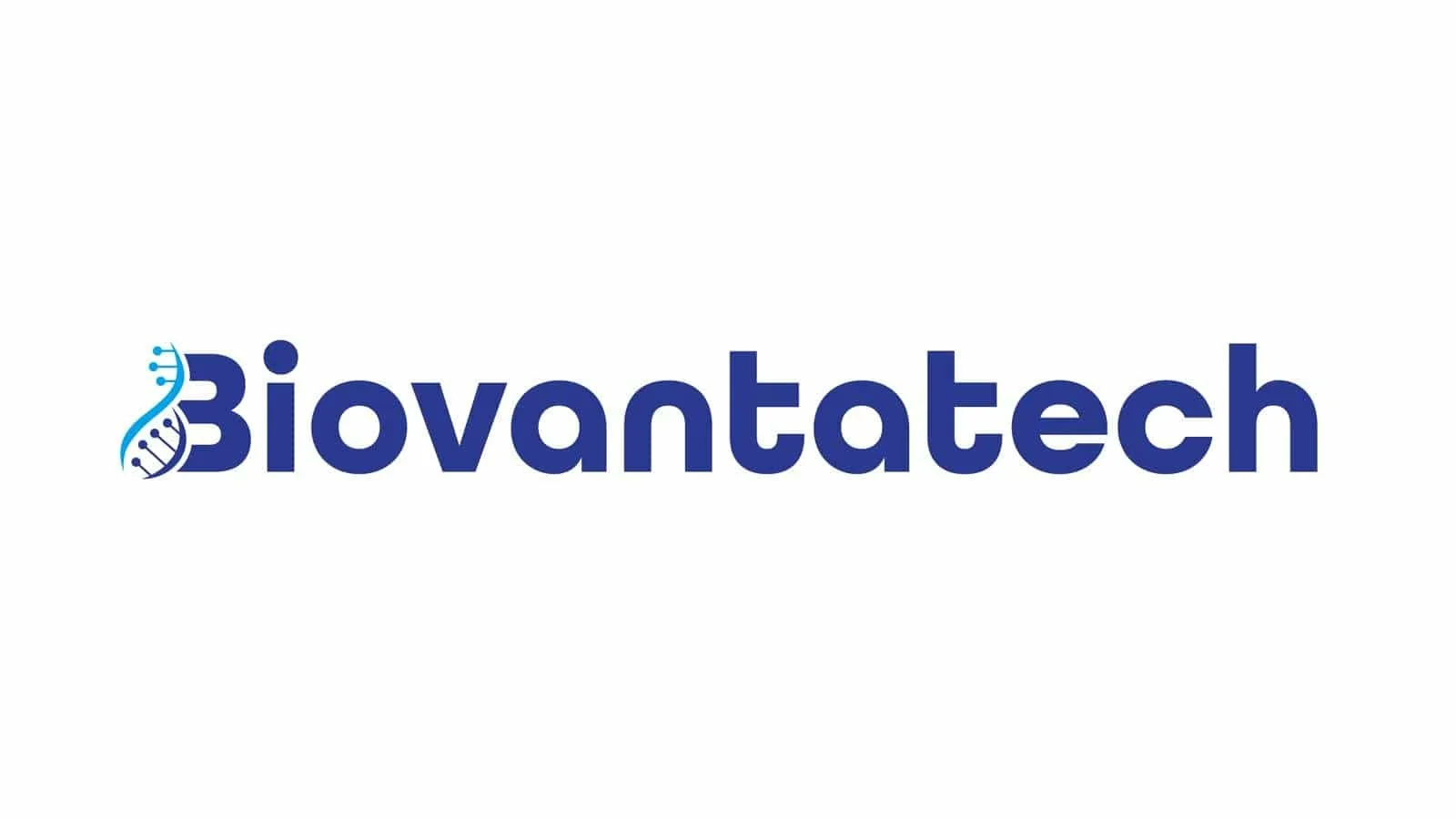Materials Required
Immortalized Human Primary Prostate Fibroblasts
Complete Immortalized Prostate Fibroblast Growth Medium (IPFGM002)
Sterile Phosphate-Buffered Saline (1× PBS; PBS001)
Cell Detachment Solution
Alphabiocoat-Coated Tissue Culture Flasks (T25)
37°C Humidified Incubator with 5% CO₂
Centrifuge (optional, for passaging)
Hemocytometer or Automated Cell Counter
Cryopreservation Medium
Liquid Nitrogen Storage System (for long-term storage)
Protocol
1. Thawing Frozen Cells
Prepare Medium: Warm the complete prostate fibroblast growth medium to 37°C.
Thaw Cryovial: Quickly thaw the vial in a 37°C water bath for 1–2 minutes. Once thawed, disinfect the exterior with 70% ethanol.
Transfer to Tube: Transfer the cell suspension to a 15 mL conical tube. Slowly add 5–10 mL of pre-warmed medium dropwise to minimize osmotic shock.
Centrifuge: Spin at 200 × g for 5 minutes to pellet the cells.
Resuspend & Seed: Discard the supernatant, resuspend the cell pellet in fresh growth medium, and transfer to a pre-coated T25 Alphabiocoat flask.
Incubate: Place the flask in a 37°C, 5% CO₂ humidified incubator.
2. Routine Maintenance & Passaging
Daily Monitoring: Examine cultures under a microscope. Healthy prostate fibroblasts should exhibit a spindle-shaped morphology and reach 80–90% confluency before passaging.
Medium Change: Refresh the culture medium every 2–3 days or as needed.
Passaging Procedure:
Aspirate the old medium and gently rinse cells with 1–2 mL of sterile PBS.
Add 1–2 mL of Cell Detachment Solution and incubate for 2–5 minutes at 37°C. Observe detachment under the microscope.
Neutralize by adding 2–3 mL of Neutralizing Solution.
Gently pipette to achieve a single-cell suspension.
Optional: Centrifuge at 200 × g for 5 minutes to remove any residual enzyme.
Resuspend in fresh medium and reseed at a 1:2 to 1:4 split ratio, depending on growth rate.
3. Cryopreservation
Harvest Cells: Detach and collect cells following steps 2.2–2.5.
Count Cells: Use a hemocytometer or automated counter to assess cell density.
Prepare Suspension: Resuspend cells in cryopreservation medium at 1–5 × 10⁶ cells/mL.
Aliquot: Dispense 1 mL of the suspension into sterile cryovials.
Freeze Gradually: Place cryovials in an isopropanol-based freezing container and store at –80°C overnight.
Transfer to Liquid Nitrogen: Move vials to liquid nitrogen for long-term storage the following day.
4. Quality Control & Troubleshooting
Contamination Monitoring: Routinely inspect cultures for signs of contamination, such as turbidity or color changes in the medium.
Morphology Assessment: Maintain spindle-shaped morphology. Rounding or clumping may indicate cellular stress or overgrowth.
Doubling Time: Healthy immortalized prostate fibroblasts should double every 24–48 hours under optimal conditions.
Expected Results
Adhesion: Cells should attach within 24 hours post-thaw or seeding.
Proliferation: Doubling typically occurs every 24–48 hours.
Lifespan: Cells can generally be passaged 20–30 times before signs of senescence, assuming they are not fully immortalized.


